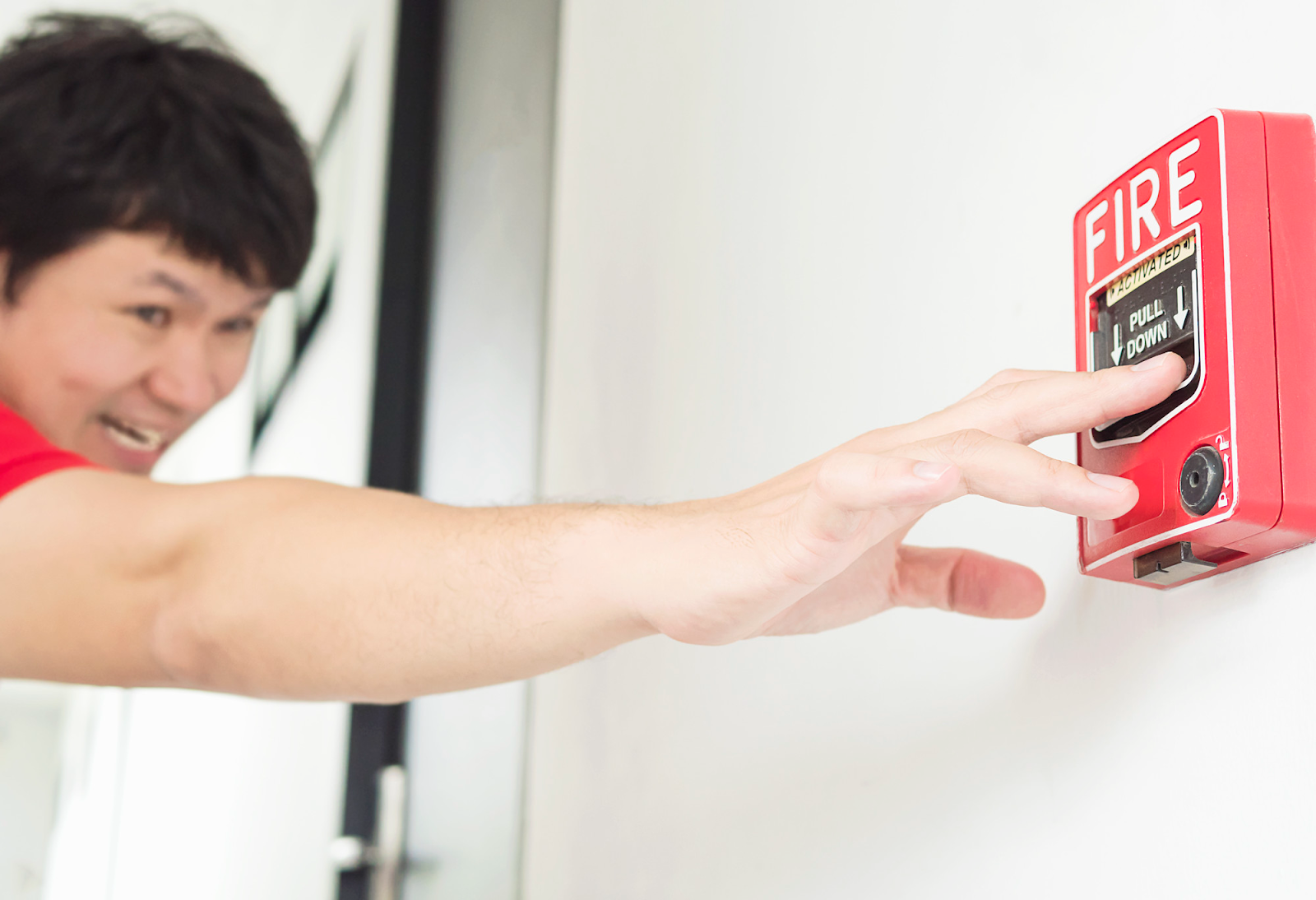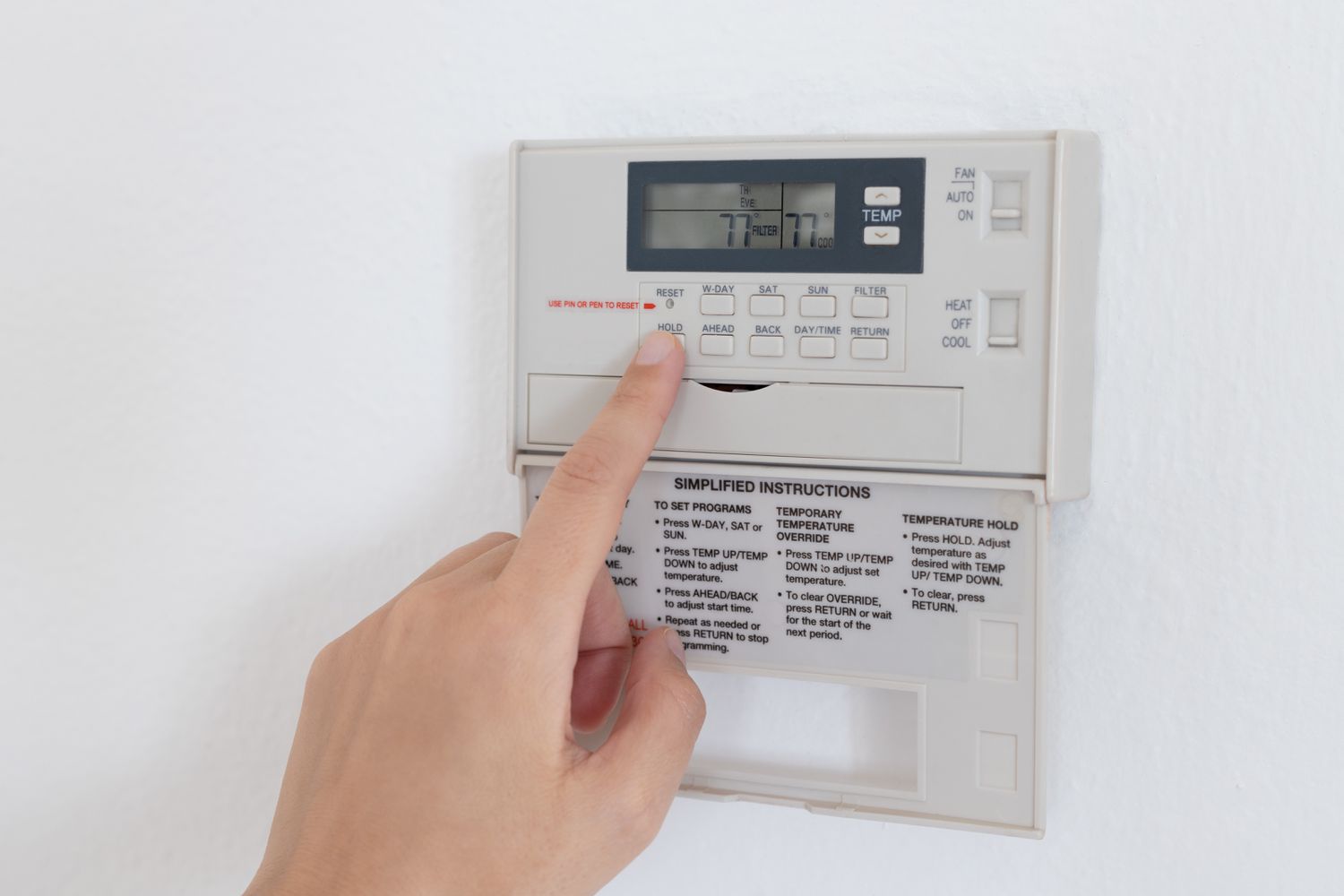There are various fire alarm systems available on the market, each with its own level of complexity and cost. These alarm systems include both manual and automatic fire alarm systems. Whether you choose a manual fire alarm system or an automatic fire alarm system depends on various factors such as your budget, building size and building use.
In this article, we explore automatic vs manual fire suppression systems. This will enable you to make informed decisions in choosing a fire suppression system.
Understanding of Fire Suppression Systems
A fire suppression system is a safety mechanism designed to control the fire before it spreads uncontrollably. This system differs from alarms that only alert occupants to detect fires in their early stages. Fire suppression works by using agents like water, gas, foam, or chemical compounds.
With their speed and activation methods, these are categorised into two types:
- Automatic systems (detect and activate without human input)
- Manual systems (rely on human intervention)
What is an Automatic Fire Suppression System?
Automatic fire alarm systems feature detection devices, including fire and smoke detectors. This system monitors the environment continuously for signs of fire or any abnormal conditions. This helps early detection and raises the alarm quickly.
An automatic fire alarm system is crucial in larger buildings with areas that remain vacant for extended periods, both during the day and at night.
Small areas with flammable liquids, electrical hazards, or ordinary combustibles utilise a small dry chemical fire suppression system to protect these high-risk locations. This fire suppression is used for the protection of vehicle engines, small storage cabinets, electrical closets, and industrial machinery.
Benefits
- Instant Response
- Consistent Protection
- Minimizes Human Risk
- Ideal for High-Risk Zones
Limitations
- Higher Upfront Cost
- Maintenance Requirements
- False Activations Can Occur
What is a Manual Fire Suppression System?
Manual fire alarm systems have been used as a fire protection system within buildings for decades. This manual system requires human intervention to raise the alarm in the event of a fire detection.
When a fire is detected, an alarm is raised throughout the building. Once the alarm is raised, fires and smoke are easily located.
However, a manual fire alarm system requires a person to detect the fire and raise the alarm. Unfortunately, in larger buildings with areas that are not visited by humans, fires could grow before they are identified and the alarm is raised.
Benefits
- Cost-Effective Solution
- Controlled Usage
- Simple and Easy to Install
Limitations
- Human Error or Delay
- Requires Trained Personnel
- No Protection in Unoccupied Areas
Automatic System vs. Manual System: Which Is Best?
Your choice between a manual system and an automatic fire suppression system depends on the structure of your building, its layout, and its intended uses. Apartments, blocks and office systems require an automatic fire alarm system. Industrial and warehouse buildings must also install an automatic fire suppression system. This can be combined with a manual alarm system to offer enhanced protection by alerting users to the presence of fire or smoke.





